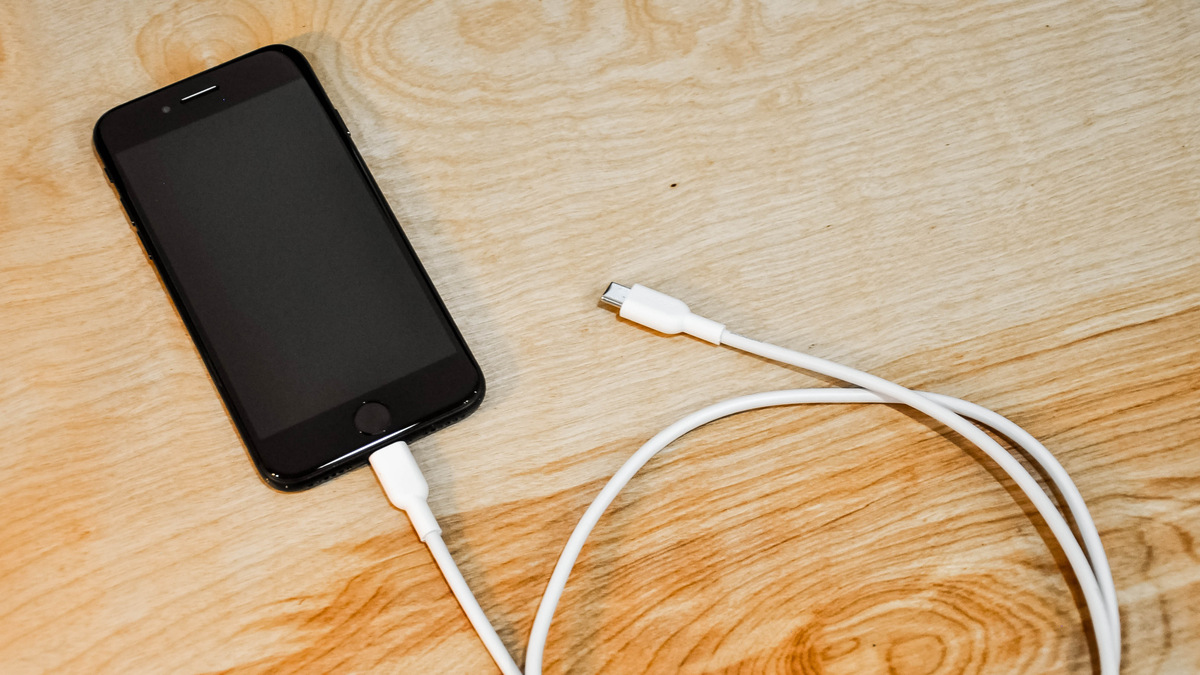

Articles
Why Is My Lightning Adapter Not Working
Modified: December 7, 2023
Discover why your lightning adapter may not be working and find helpful articles to troubleshoot the issue
(Many of the links in this article redirect to a specific reviewed product. Your purchase of these products through affiliate links helps to generate commission for Storables.com, at no extra cost. Learn more)
Introduction
The Lightning adapter is an essential accessory for many Apple device owners. It allows you to connect your device to various peripherals and accessories, such as headphones, speakers, and charging cables. However, it can be frustrating when your Lightning adapter stops working. There can be several reasons why your Lightning adapter may not be functioning properly.
In this article, we will explore the possible reasons for the malfunctioning of your Lightning adapter and provide solutions to fix the issues. Whether your Lightning adapter is not charging your device, not connecting to accessories, or not being recognized by your device, we will help you troubleshoot and resolve the problem.
So, if you are currently experiencing difficulties with your Lightning adapter, keep reading to discover possible solutions to get it working again. Depending on the issue you are facing, one of the following reasons and solutions might be the key to resolving the problem.
Key Takeaways:
- Ensure to use a certified Lightning adapter designed for your device to avoid compatibility issues and potential malfunctions. Regularly clean the charging port and handle the adapter with care to prevent physical damage.
- Troubleshoot common Lightning adapter issues by restarting your device, updating its software, and avoiding overheating. If problems persist, seek assistance from Apple Support or an authorized service center.
Read more: Why Isn’t My Adapter Working
Possible Reasons for Lightning Adapter Not Working
There can be several reasons why your Lightning adapter is not working as expected. Understanding these potential causes can help you identify and resolve the issue effectively. Here are some common reasons:
- Physical damage: One of the most common reasons for a malfunctioning Lightning adapter is physical damage. The adapter’s cable or connector might have been bent, twisted, or frayed, causing a poor connection. Inspect the adapter for any visible signs of damage and consider replacing it if necessary.
- Compatibility issues: Lightning adapters are designed to be compatible with a wide range of Apple devices. However, using a non-certified or third-party adapter may lead to compatibility issues. Ensure that you are using a genuine Lightning adapter that is specifically designed for your device.
- Software glitches: Sometimes, minor software glitches can cause your Lightning adapter to stop working. Restarting your device or updating its software to the latest version can often resolve such issues. Additionally, resetting the network settings on your device can help resolve connectivity-related problems.
- Clogged charging port: Another common reason for a Lightning adapter not working is a clogged or dirty charging port on your device. Dust, lint, or debris can accumulate in the port over time, preventing a proper connection. Clean the charging port using a soft brush or compressed air to remove any obstructions.
- Overheating: Excessive heat can also cause your Lightning adapter to malfunction. If your device or adapter gets too hot, it may stop working temporarily to prevent further damage. Allow your device and adapter to cool down before attempting to use them again.
These are just a few possible reasons why your Lightning adapter might not be working. It’s essential to evaluate each potential cause and try the corresponding solution to resolve the problem. In the next section, we will provide some effective solutions to fix common Lightning adapter issues.
Check the lightning adapter for any visible damage or debris, and try using it with a different device to see if the issue is with the adapter or the device. If it still doesn’t work, consider getting a replacement adapter.
Solutions to Fix Lightning Adapter Issues
Now that we’ve identified some possible reasons for your Lightning adapter not working, let’s explore some solutions to help you fix the issues:
- Check for physical damage: Start by examining the Lightning adapter for any signs of physical damage. If the cable or connector is bent, frayed, or damaged, it may need to be replaced. Consider purchasing a new Lightning adapter from an authorized retailer or directly from Apple.
- Use a certified adapter: Ensure that you are using an Apple-certified Lightning adapter that is specifically designed for your device. Non-certified or third-party adapters may not be fully compatible and can cause issues. Apple-certified adapters provide the best compatibility and performance.
- Restart your device: Sometimes, a simple restart can resolve software-related glitches. Turn off your device and restart it to see if the Lightning adapter starts working again. Additionally, keep your device’s software up to date by installing the latest updates.
- Reset network settings: If you are experiencing connectivity issues with your Lightning adapter, resetting the network settings on your device can help. Go to the Settings app, navigate to the “General” section, and select “Reset.” Choose the option to reset network settings, enter your passcode if prompted, and confirm the reset.
- Clean the charging port: A clogged or dirty charging port can prevent the Lightning adapter from making a proper connection. Use a soft brush or compressed air to carefully clean the charging port, removing any dust, lint, or debris. Ensure that your device is turned off before cleaning.
- Avoid overheating: To prevent overheating, ensure that your device and Lightning adapter are not exposed to extreme temperatures or direct sunlight for extended periods. If your device or adapter feels hot to the touch, allow them to cool down before using them again.
By following these solutions, you should be able to troubleshoot and resolve common Lightning adapter issues. Remember to take the necessary precautions, such as using certified adapters and cleaning the charging port gently, to prevent further damage to your device or adapter.
However, if none of these solutions work, it is recommended to reach out to Apple Support or visit an authorized service center for further assistance. They will be able to provide you with specialized guidance and address any hardware-related issues with your Lightning adapter.
Conclusion
A malfunctioning Lightning adapter can be frustrating, but with the right knowledge and troubleshooting steps, you can often resolve the issues. In this article, we explored possible reasons for a Lightning adapter not working and provided solutions to help you fix the problems.
Physical damage, compatibility issues, software glitches, clogged charging ports, and overheating are some of the common causes for a malfunctioning Lightning adapter. By carefully examining the adapter, using certified adapters, restarting your device, resetting network settings, cleaning the charging port, and avoiding overheating, you can often restore the functionality of your Lightning adapter.
However, it’s important to remember that if your Lightning adapter still doesn’t work after attempting these solutions, it might indicate a more severe hardware issue. In such cases, contacting Apple Support or visiting an authorized service center is recommended.
Lastly, to prevent future issues with your Lightning adapter, ensure that you handle it with care, avoid placing excessive strain on the cable, and regularly clean the charging ports of your devices to prevent debris buildup.
We hope that this article has been helpful in troubleshooting and fixing the issues with your Lightning adapter. By following the provided solutions and taking proper precautions, you can continue to enjoy the functionality and convenience of your Lightning adapter for a long time.
Frequently Asked Questions about Why Is My Lightning Adapter Not Working
Was this page helpful?
At Storables.com, we guarantee accurate and reliable information. Our content, validated by Expert Board Contributors, is crafted following stringent Editorial Policies. We're committed to providing you with well-researched, expert-backed insights for all your informational needs.
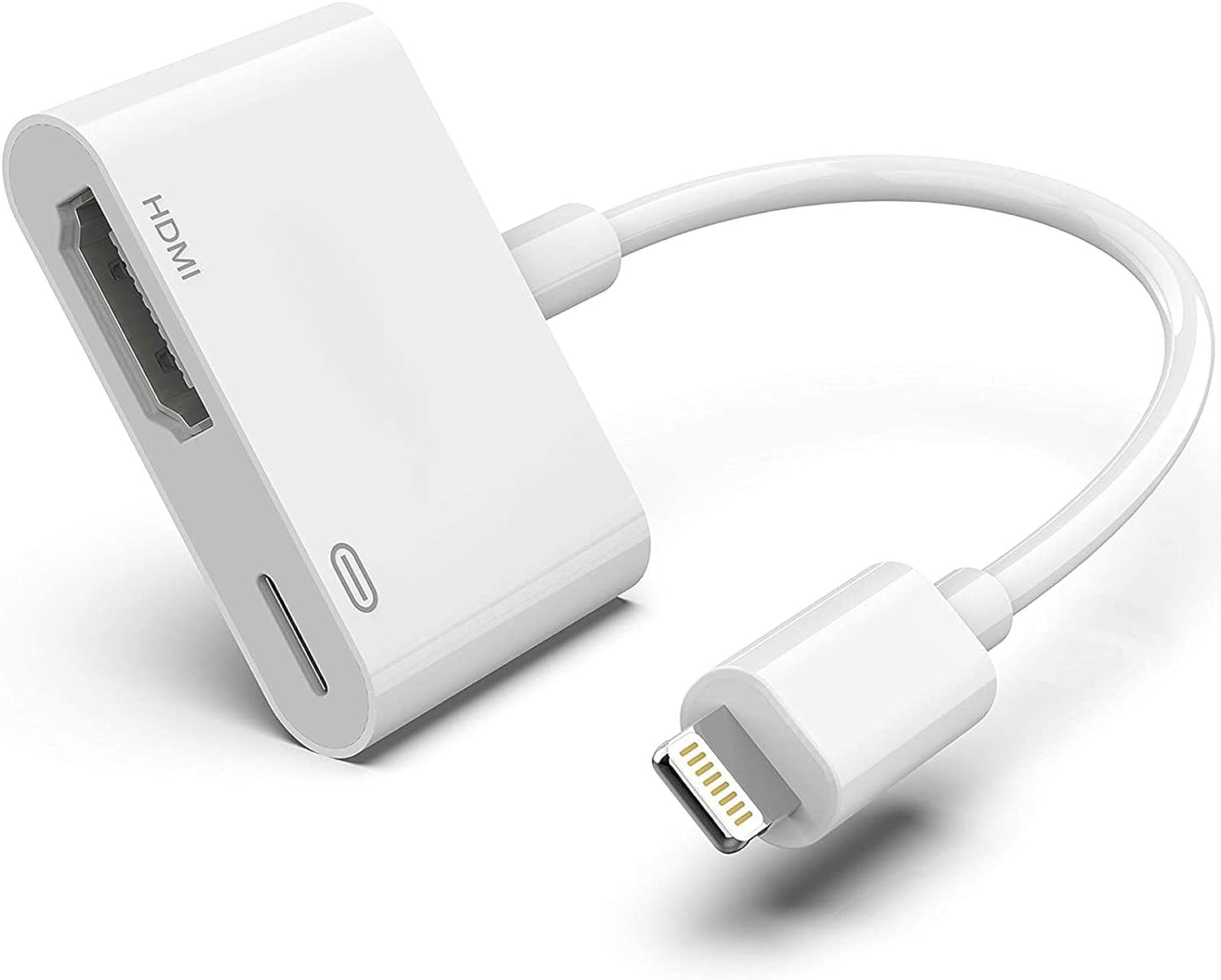


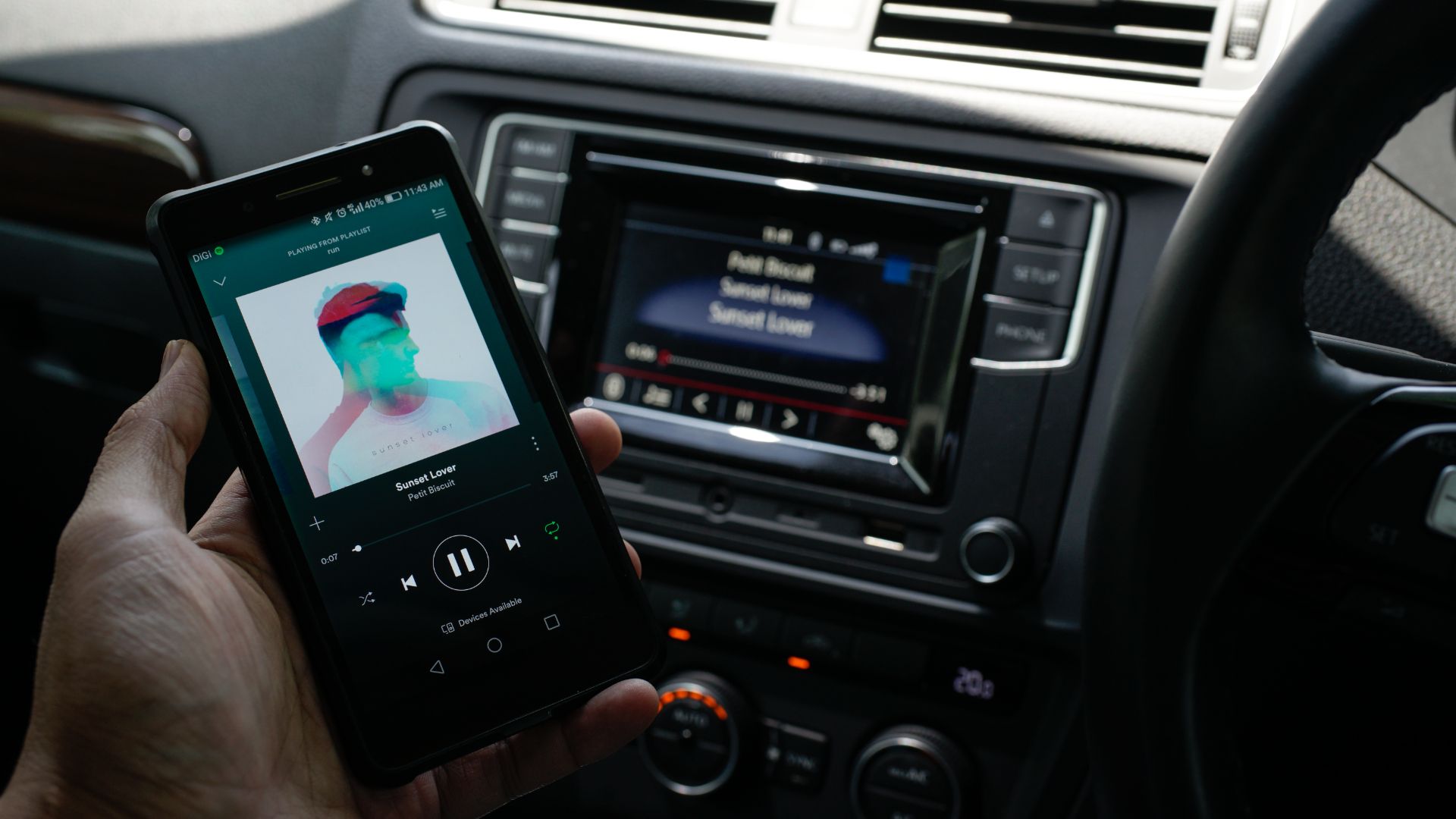
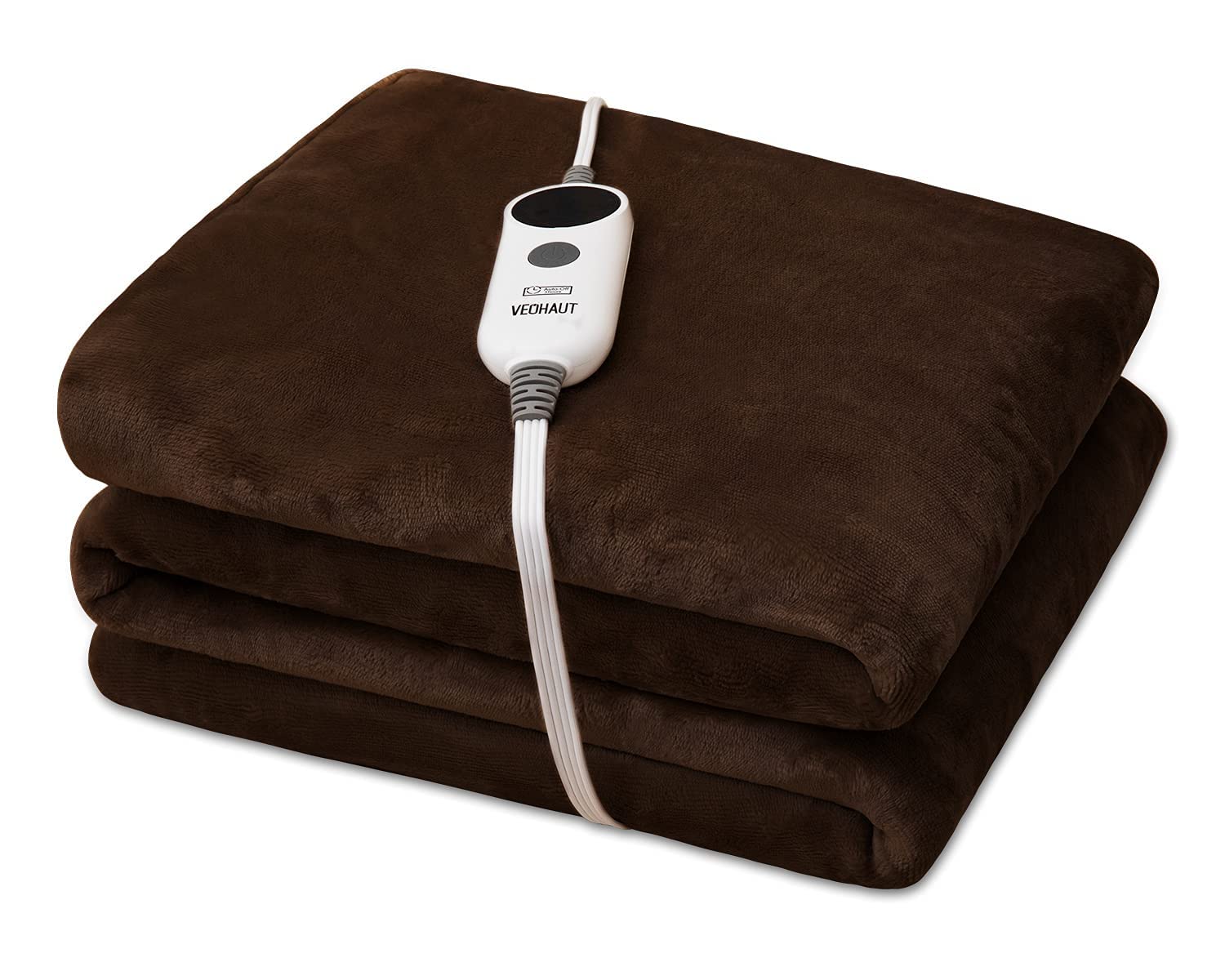

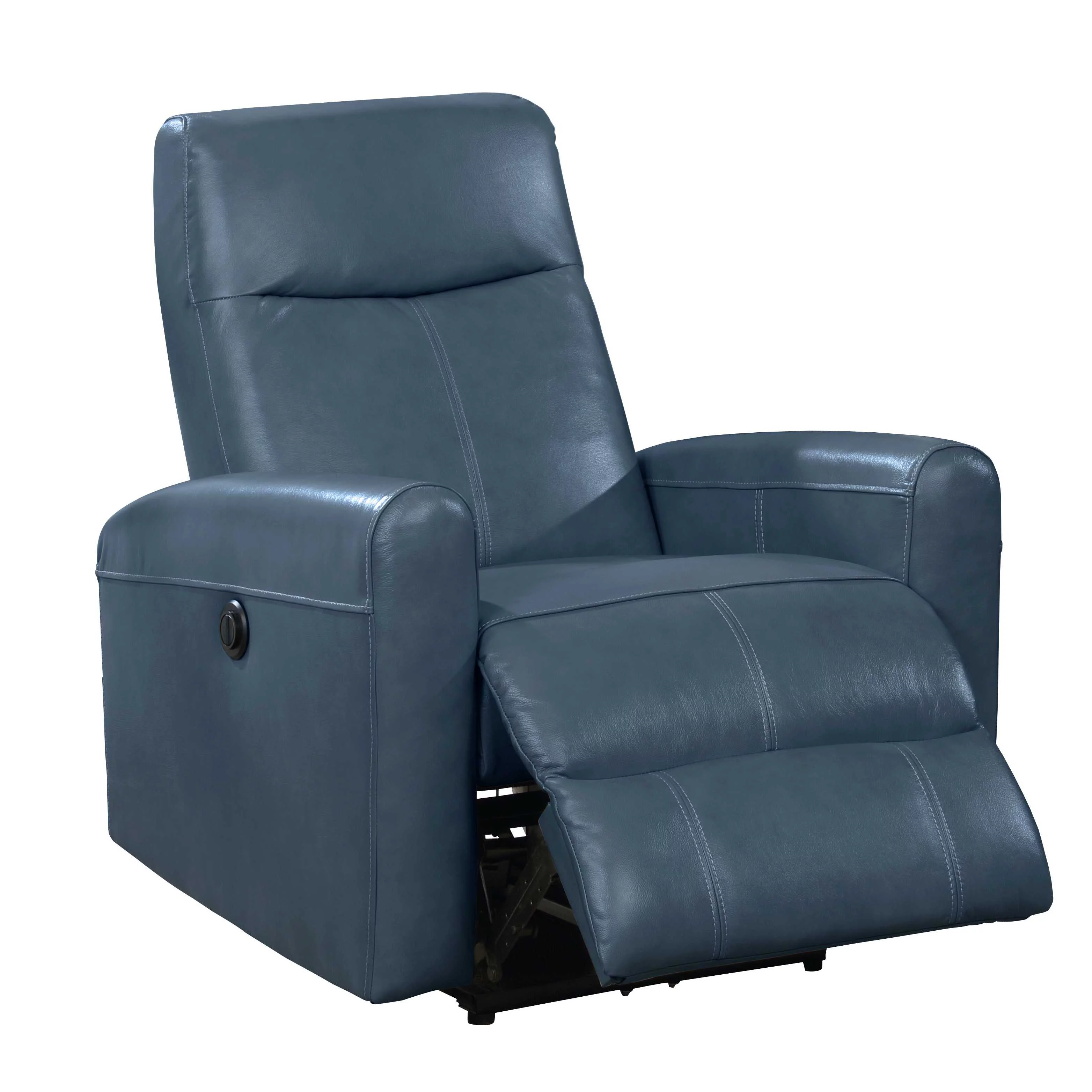
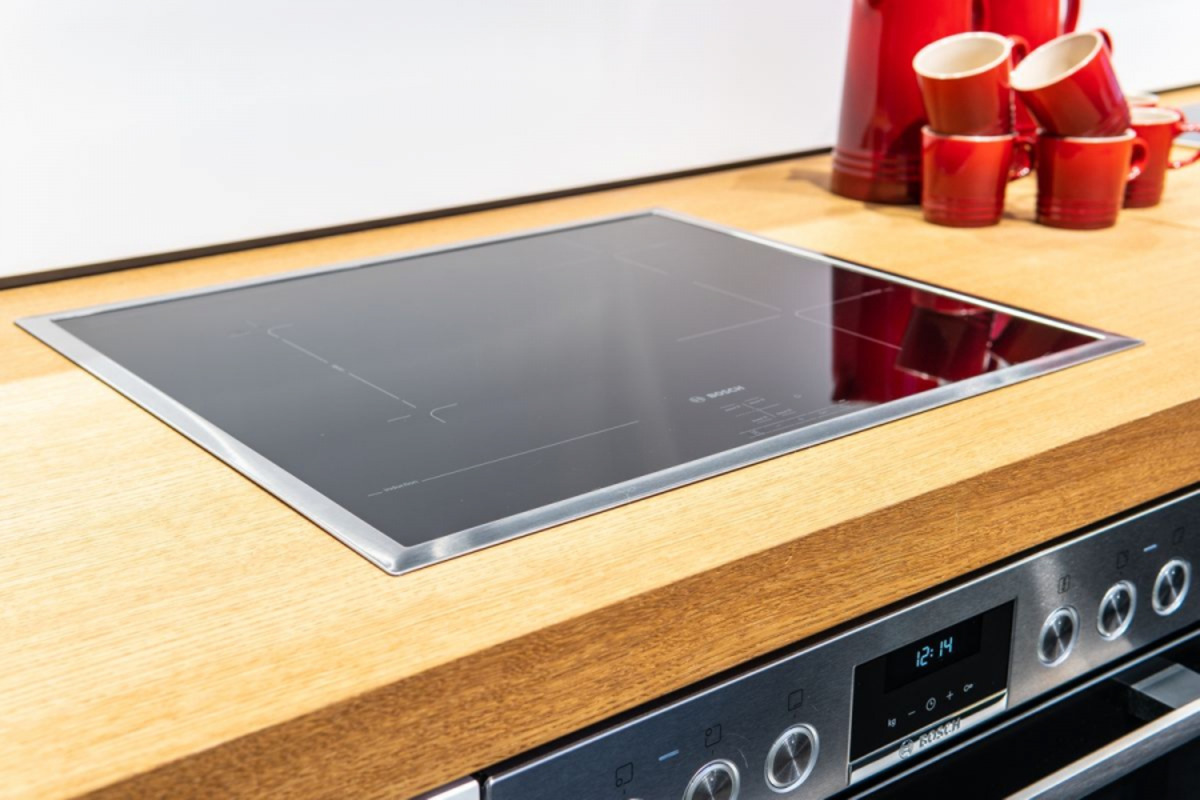
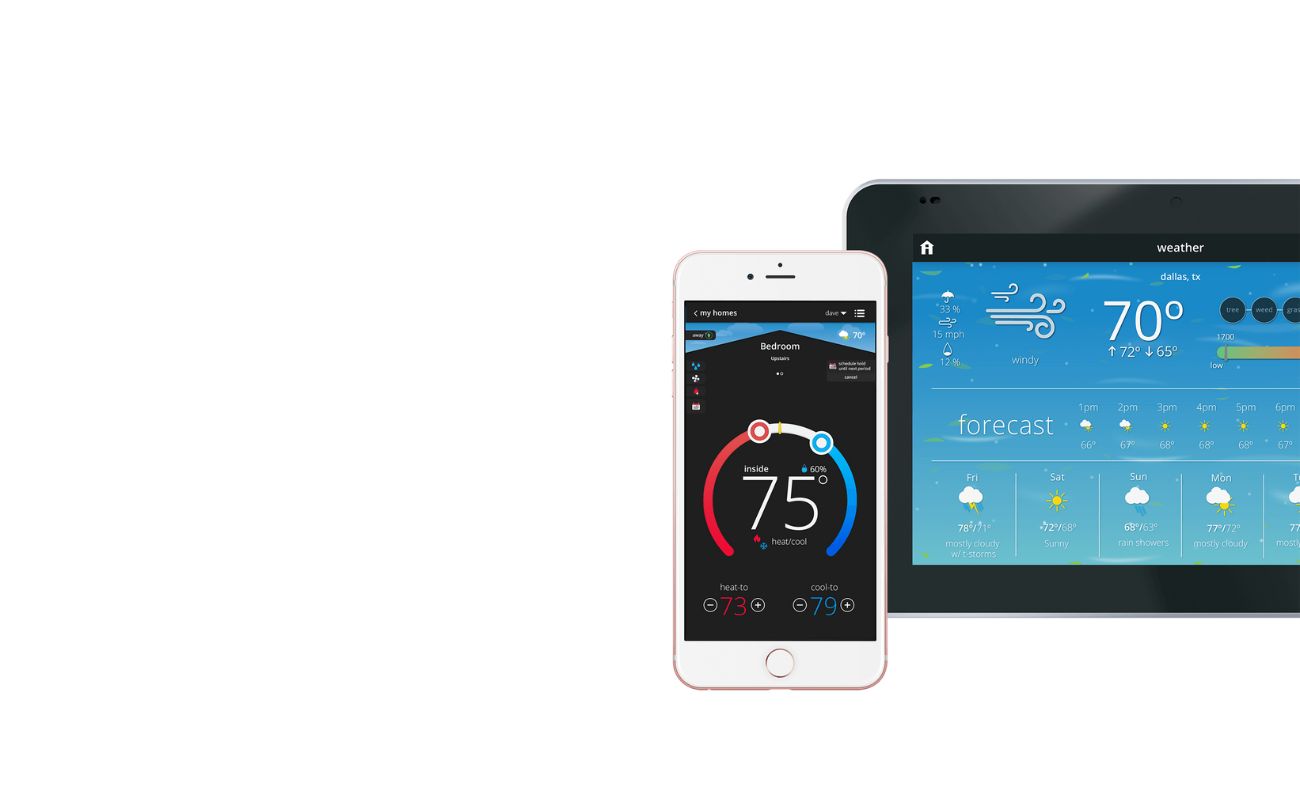
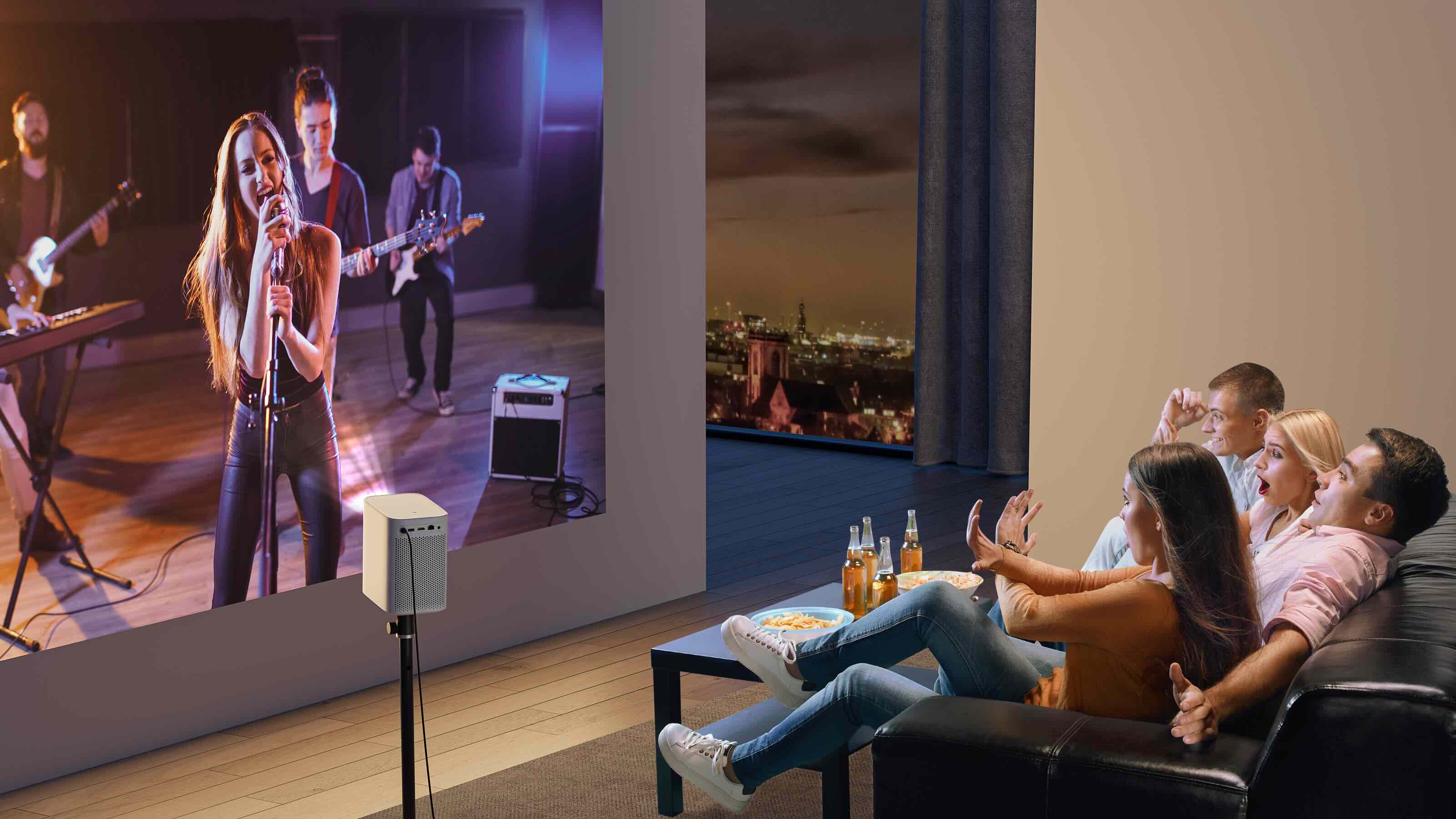



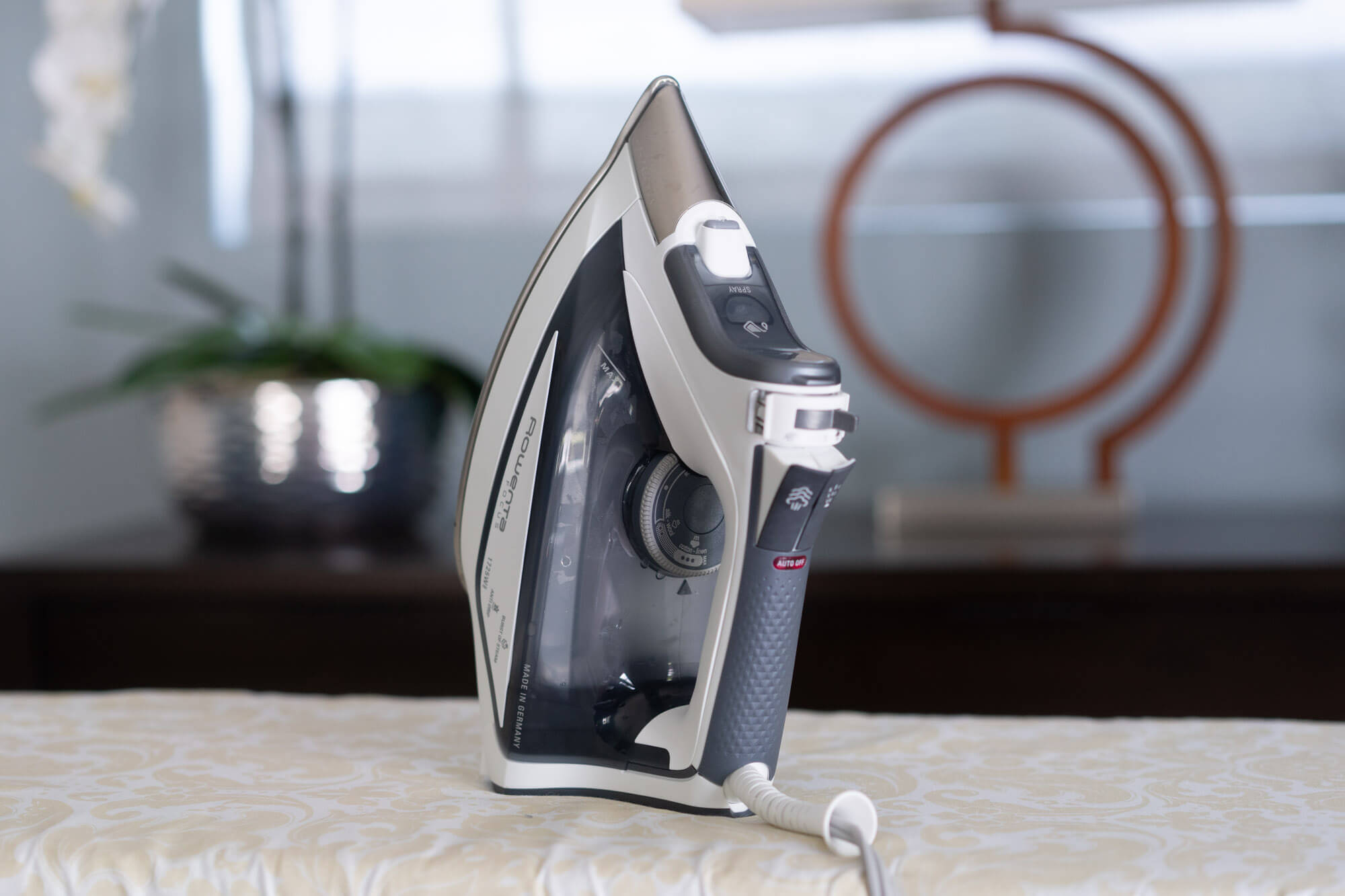
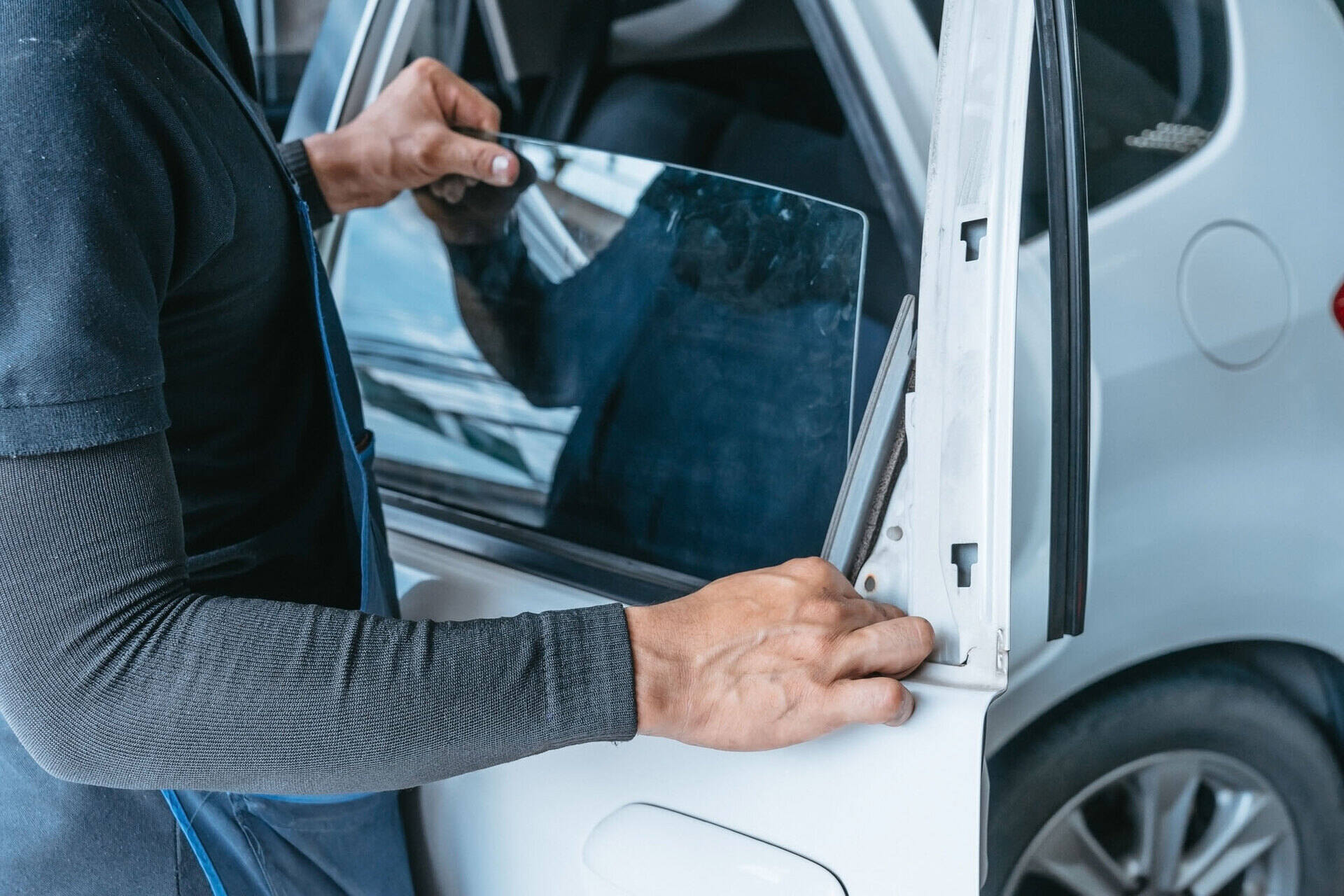

0 thoughts on “Why Is My Lightning Adapter Not Working”